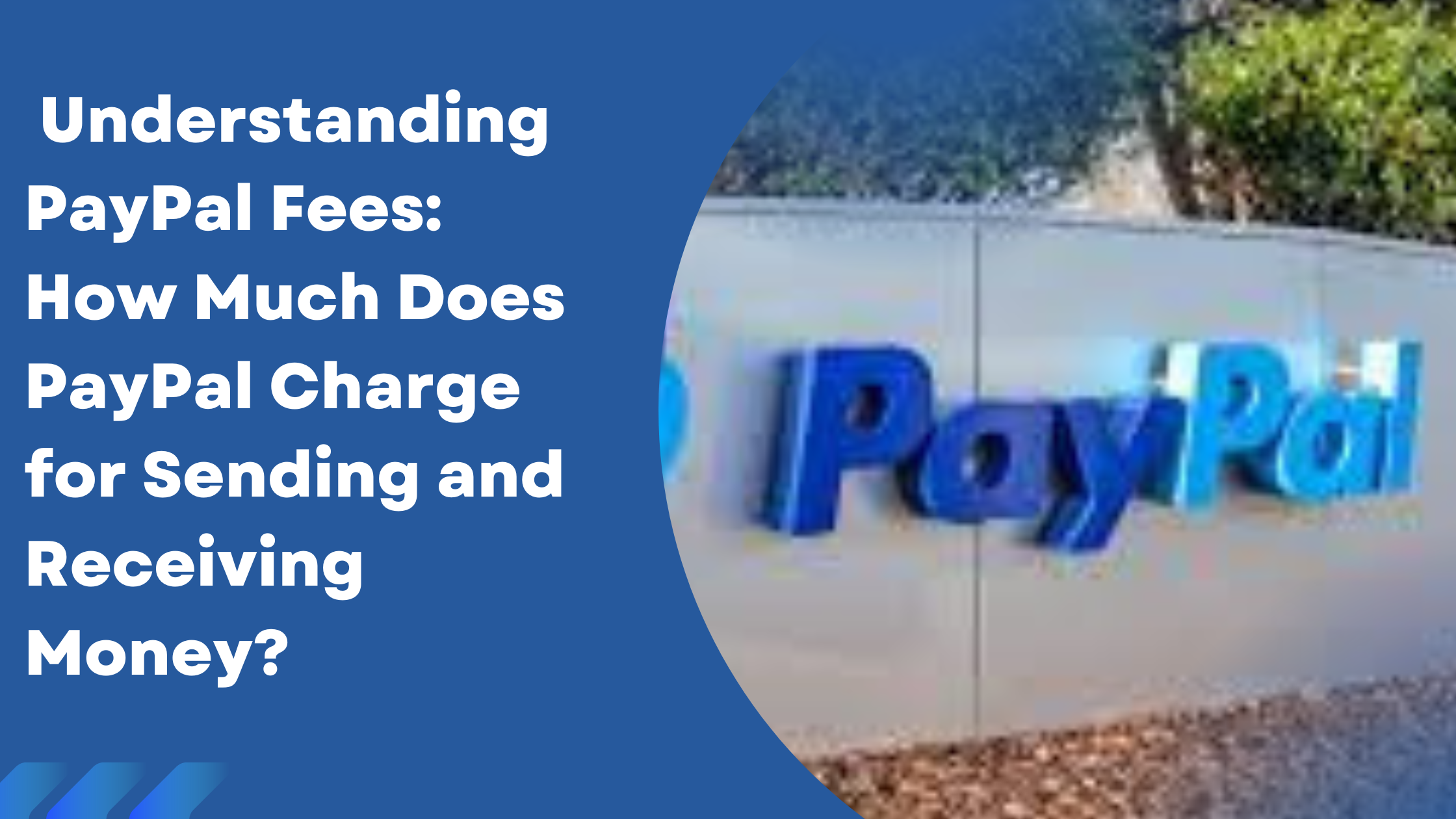
Understanding PayPal Fees
How Much Does PayPal Charge for Sending and Receiving Money?
PayPal is one of the most popular online payment systems that allows users to send and receive money from all over the world. While the platform is known for its ease of use and convenience, it’s important to understand the fees involved when sending and receiving money through PayPal. In this article, we’ll explore the various fees associated with PayPal and how much it costs to use the platform for sending and receiving money.
Sending Money Fees
When sending money through PayPal, there are various fees involved depending on the type of transaction, the amount being sent, and the destination country. Here are the different fees that you might encounter:
Domestic Fees:
If you’re sending money within your own country, PayPal doesn’t charge any fees when sending money through a linked bank account or PayPal balance. However, if you’re using a credit or debit card to send money, you’ll incur a fee of 2.9% plus $0.30.
International Fees:
If you’re sending money to another country, PayPal charges a fee based on the amount being sent and the destination country. The fee ranges from 0.5% to 2% of the transaction amount, plus a fixed fee that varies depending on the destination country. In addition, if you’re using a credit or debit card to send money, you’ll incur a fee of 2.9% plus a fixed fee.
Currency Conversion Fees:
If you’re sending money in a currency other than your home currency, PayPal will convert the money at the current exchange rate. PayPal’s exchange rates are generally slightly lower than the market exchange rate, and they charge a conversion fee of between 2.5% and 4% on top of the exchange rate.
Receiving Money Fees
When receiving money through PayPal, the fees vary depending on the source of the funds and the country of origin. Here are the different fees that you might encounter:
Domestic Fees:
If you’re receiving money within your own country, there are no fees involved if you receive the money into your PayPal account. However, if you request a check or bank transfer, you’ll incur a fee of $1.50 or more.
International Fees:
If you’re receiving money from another country. PayPal charges a fee based on the amount being received and the source country. The fee ranges from 0.5% to 2% of the transaction amoun. Plus a fixed fee that varies depending on the source country.
Currency Conversion Fees:
If you’re receiving money in a currency other than your home currency. PayPal will convert the money at the current exchange rate. PayPal’s exchange rates are generally slightly lower than the market exchange rate. And they charge a conversion fee of between 2.5% and 4% on top of the exchange rate.
How to Minimize PayPal Fees
While PayPal fees may seem steep, there are ways to minimize the fees you’ll incur. Here are a few tips:
- Use a linked bank account or PayPal balance to send money domestically to avoid fees.
- Use a credit or debit card to send money internationally to minimize the currency conversion fee.
- Request that the sender pays the fees when receiving international payments to avoid paying any fees.
- Use a PayPal account registered in the same country as the sender/receiver to avoid additional fees.
Conclusion
PayPal is a convenient and widely-used platform for sending and receiving money, but the fees can add up quickly. Understanding the fees involved when using PayPal is essential to ensure you’re not overpaying for your transactions. By choosing the right payment method and being mindful of the fees involved. You can minimize the amount you pay in PayPal fees.



7 thoughts on “Understanding PayPal Fees”